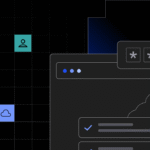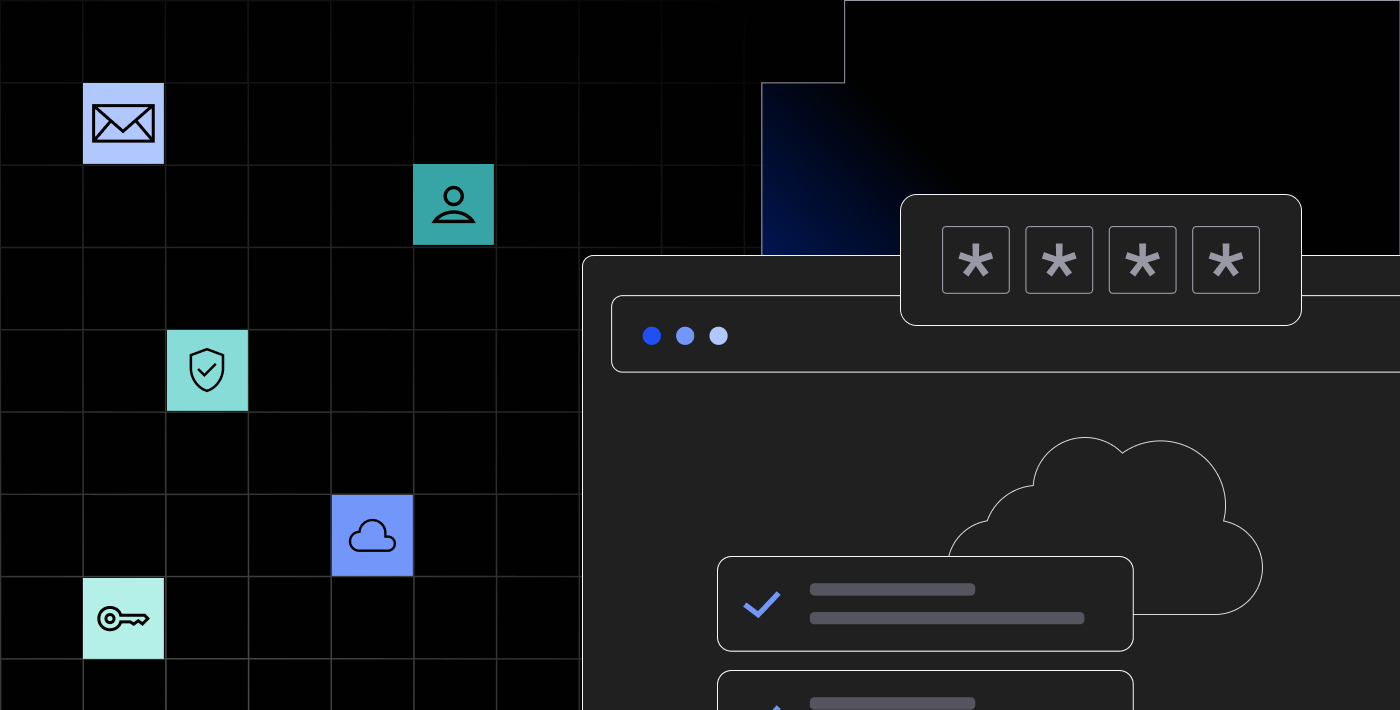In modern web applications, users can have different roles. For example, some users are regular customers, others are admins or managers. Each role should only see and do what they are allowed to. This is called role-based access control. A good way to handle this is by using role-based UI composition on the frontend and conditional authorization on the backend.
This means the user interface (UI) changes based on the user’s role, and the backend checks the user’s permissions before allowing actions. This approach keeps the app secure and gives users the best experience.
In full stack development, learning how to manage users and roles is very important. That’s why courses like the full stack developer course in Bangalore teach how to create role-based UIs and secure backends. Developers who understand both sides of this system can build safer and smarter applications.
Let’s explore how this works step by step and see how we can apply it in real-world apps.
What is Role-Based UI Composition?
Role-based UI composition means showing or hiding parts of the UI based on the user’s role. For example:
- A regular user sees their profile and order history.
- An admin user also sees dashboard, user management, and system settings.
Instead of creating separate apps for each user type, developers create one app and show different UI pieces based on roles.
How to Do It
To do this in frontend code (like in React or Angular), you check the user’s role and then decide what to show.
Example in simple JavaScript:
if (user.role === ‘admin’) {
showAdminPanel();
} else {
showUserDashboard();
}
Or using React components:
{user.role === ‘admin’ && <AdminPanel />}
{user.role === ‘user’ && <UserDashboard />}
This helps keep the interface clean. Users only see the things they are allowed to use. It also makes the experience simpler and easier to understand.
Conditional Authorization on the Backend
While hiding buttons or UI parts is helpful, it’s not enough. A smart user can still try to send requests to the backend. That’s why the backend also needs to check the user’s role before processing any action. This is called conditional backend authorization.
For example, if a user tries to delete another user’s account, the backend must check if they have permission to do so. If not, it should send back an error.
How to Do It
In backend code (Node.js, Django, etc.), you can write logic to check the user’s role:
if (user.role !== ‘admin’) {
return res.status(403).send(“Access Denied”);
}
This kind of check should be added to every sensitive route or action. Even if the frontend hides the action, the backend must be the final gatekeeper.
A full stack developer course will help you understand how to create these checks in both frontend and backend code. It also teaches you how to safely store roles and use them in APIs, databases, and sessions.
Why Both UI and Backend Authorization Are Important
Some developers think it’s enough to just hide buttons on the UI. But this is risky. A user could use developer tools in the browser or create fake API calls to access restricted actions.
That’s why it’s important to:
- Show only the right UI to each user role.
- Make sure the backend checks permissions before doing anything.
Both of these steps together make the app secure and user-friendly.
Common Roles in Web Applications
In many web apps, you will see roles like:
- Admin
- User
- Manager
- Editor
- Viewer
- Guest
Each role has different permissions. For example, a manager can view reports, but only an admin can delete users. A viewer may only see data but not edit it.
When designing your UI and backend, always start by writing down what each role can and cannot do.
Real-World Example: E-commerce Admin Panel
Let’s say you are building an admin panel for an e-commerce website.
- Regular customers can view their orders.
- Sellers can add and manage products.
- Admins can view all users, manage sellers, and see full reports.
You can use role-based UI composition to:
- Show the “Add Product” form only to sellers.
- Show the “View All Users” button only to admins.
- Show the “Order History” page to all users.
On the backend:
- When someone tries to POST a new product, check if the user’s role is “seller”.
- When someone tries to DELETE a user, check if the user’s role is “admin”.
This setup keeps the app secure and makes sure everyone sees what they need.
Students learning full stack development in places like the full stack developer course in Bangalore often build projects like e-commerce apps. In these projects, they learn how to build role-based systems from both frontend and backend sides.
Storing and Using Roles
User roles can be stored in:
- The database
- User session
- JSON Web Tokens (JWT)
For example, when a user logs in, you can add their role to the JWT token:
{
“id”: “123”,
“email”: “user@example.com”,
“role”: “admin”
}
Then on each request, decode the token and check the role before allowing actions.
Frontend apps can also read this role from the token and decide which components to show.
This is a simple but powerful method that many developers use in real-world apps.
Tools and Libraries
There are many tools that can help you with role-based UI and backend authorization:
- React Context / Redux – to manage user roles in frontend
- xstate – for handling states and transitions
- Express middleware – to check roles in Node.js
- JWT – to store and send user roles
- RBAC libraries – for setting up role-based access control rules
A good full stack developer course will include hands-on practice with these tools so you can build apps that are both powerful and safe.
Benefits of Role-Based Composition and Authorization
Here are some benefits of using this approach:
- Better User Experience
Users only see what they need. The app becomes simpler and easier to use.
- Security
Role checks on the backend stop users from doing things they shouldn’t.
- Scalability
As your app grows, you can add new roles and permissions easily.
- Cleaner Code
UI components and backend routes are more organized.
- Professional Approach
This is how big companies handle roles. Knowing it helps you build apps like a pro.
Things to Watch Out For
While building role-based systems, be careful about:
- Always validating roles on the backend
- Not trusting data sent from the frontend
- Keeping roles updated if they change
- Testing all role-based paths
Make sure your system is tested with different user types to find any mistakes.
Final Thoughts
Role-Based UI Composition and Conditional Backend Authorization are key parts of building secure and smart full stack applications. They help in controlling what users can see and do, making your app easier to use and safer.
By learning these techniques, you can build real-world apps like admin panels, dashboards, and multi-user systems. These are the kinds of skills that top companies look for when hiring developers.
If you’re aiming to become a skilled developer, a developer course that teaches role-based development is a smart step forward. You’ll learn how to build apps that are not only functional but also professional, secure, and scalable.
In today’s world of web development, handling roles and permissions the right way makes all the difference.
Business Name: ExcelR – Full Stack Developer And Business Analyst Course in Bangalore
Address: 10, 3rd floor, Safeway Plaza, 27th Main Rd, Old Madiwala, Jay Bheema Nagar, 1st Stage, BTM 1st Stage, Bengaluru, Karnataka 560068
Phone: 7353006061
Business Email: enquiry@excelr.com

 Role-Based UI Composition with Conditional Backend Authorization
Role-Based UI Composition with Conditional Backend Authorization  Ratios, Routines, and Spaces Make a Good Preschool Singapore
Ratios, Routines, and Spaces Make a Good Preschool Singapore  Unlock New Roles with a Certificate IV in Business
Unlock New Roles with a Certificate IV in Business  The 6 Best Drum Rudiments and Why They Matter
The 6 Best Drum Rudiments and Why They Matter  Helping Every Student Learn Safely with Apple Privacy Tools That Protect Trust
Helping Every Student Learn Safely with Apple Privacy Tools That Protect Trust  Digital carer certificate online – Security features and validity
Digital carer certificate online – Security features and validity  Content Review Accelerated by Secondary 4 Tuition Work
Content Review Accelerated by Secondary 4 Tuition Work  Best Approach to Finding Qualified Nannies in Seattle and Montana
Best Approach to Finding Qualified Nannies in Seattle and Montana  Why do gift card designs influence consumer buying decisions?
Why do gift card designs influence consumer buying decisions? 